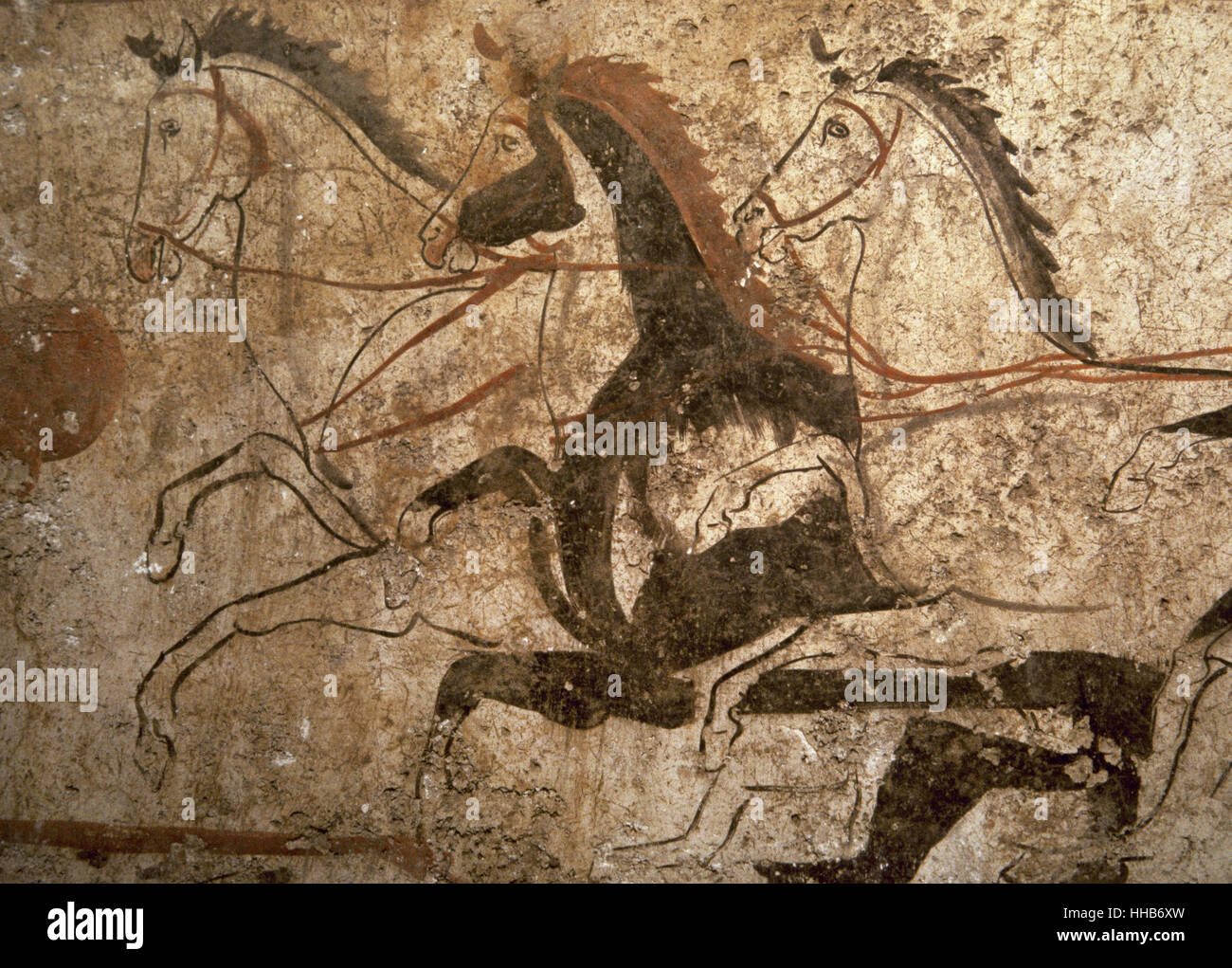
The f_rec_page cookies store the number of elements to be displayed per page chosen by the user in the pages in which there are lists The f_page cookies store the page viewed by the user in the pages where there are lists


The f_display cookies memorize the display mode chosen by the user in the pages where there are lists

Preserve the user's status in the different pages of the site. Stores the user's cookie consent status for the current domain The website cannot function properly without these cookies. The necessary cookies help to make the website usable by enabling basic functions such as page navigation and access to protected areas of the site. Privacy Policyįind out more about who we are, how you can contact us and how we process personal data in our privacy policy. You can modify or withdraw your consent at any time from the cookie declaration on our website. The information generated relating to our website is used to make reports on the use of websites. Google Analytics generates statistical and other information through cookies, stored on users' computers. This site uses Google Analytics to collect information about the use of users of its website. How do we use cookies? Third party cookies Google Analytics Thanks to cookies, the site remembers your actions and preferences (for example login, language, font size and other display settings) so that you do not have to re-enter them when you return to the site or browse from one page to another. What are cookies?Ī cookie is a small text file that websites save on your computer or mobile device while you visit them.
Magna graecia 4 install#
Their diverse and multiple characteristics shaped the identity of the so called Magna Graecia.To make this site work properly, we sometimes install small data files called "cookies " on your device. The historical evolution of the most important towns of Magna Graecia (Paestum, Metaponto, Locri, Taranto) unfolds through the focus on some very significant objects, which contribute to highlight the cultural interactions and the system of relations, developed among the many populations of different origins settled in Southern Italy. The collection describes the main historical and cultural phenomena, which characterized Greek colonization in Southern Italy, from the end of the 8th century BC up to the Roman conquest in the 3rd century BC. The display project is inspired to an innovative narrative criterion, which takes into account all current museum communication trends, aimed at guaranteeing a more immediate understanding of scientific contents. In the end, they gave rise to a unique treasure, both for the number and quality of the objects: thousands vases and relief pottery, some outstanding masterpieces such as the large volute krater from the so called tomb of the Darius vase and the funerary murals from the tomb of the Dancers from Ruvo, together with a large quantity of precious and sophisticated golden jewels, produced at Cumae and Taranto. Thanks to the prompt intervention of the central government, the finds entered the Royal Museum’s collection, which, in the meantime, were also being enriched through the purchase of some private collections.

In the early 19th century, some important discoveries were made across Southern Italy in towns such as Paestum, Locri, Metaponto, Taranto, Ruvo and Canosa. In this area, around the late 7th century BC, ancient Greeks produced different types of mixed communities with native populations, originating that complex cultural phenomenon, historically known as Magna Graecia. The Magna Graecia collection exhibits all those relics of various origin and provenience which were excavated in the southern regions of the Kingdom of Naples, since the mid-18th century.


 0 kommentar(er)
0 kommentar(er)
